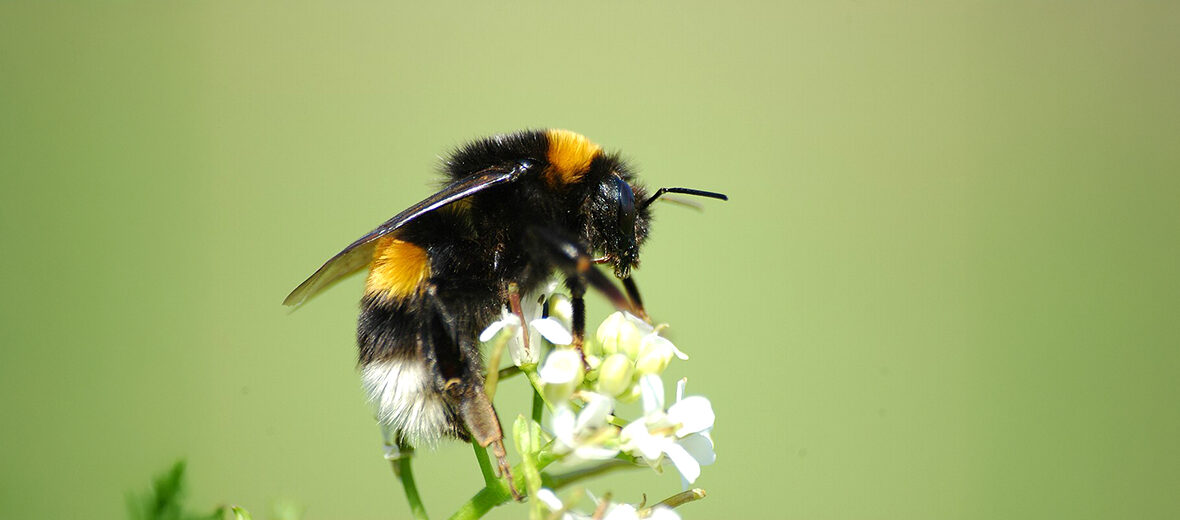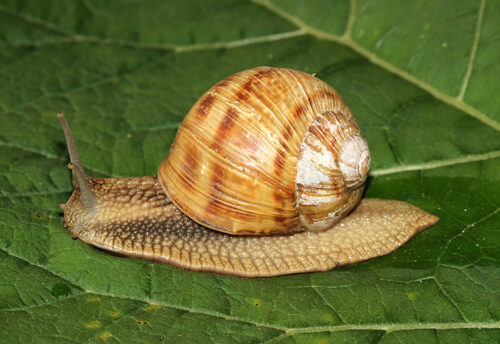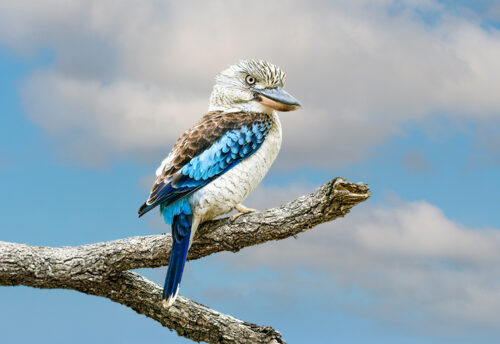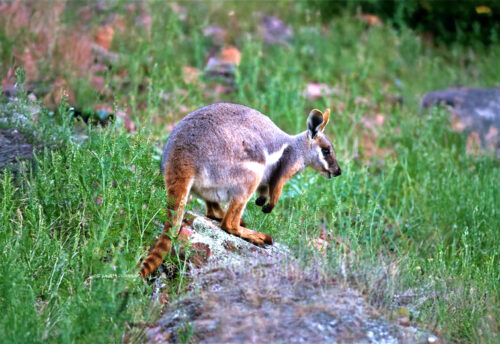
The buff-tailed bumblebee, aka large earth bumblebee, can be found in Europe, northern Africa, and western Asia. They are 1 of the main species used in greenhouse pollination. Therefore, they can be found in many foreign locales. These bumblebees face the threats of genetic contamination of local (and especially island) gene pools by escapees from other commercial greenhouses. However, they are abundant enough to be listed as Least Concern by the IUCN. Their population trend is listed as increasing.
First the Stats…
Scientific name: Bombus terrestris
Weight: Up to .025 ounce
Length: Up to .86 inch
Lifespan: Up to 1 year
Now on to the Facts!
1.) They are among the most numerous bee species in Europe.
2.) These critters are a eusocial insect. Eusociality is the highest level of organization of sociality. It’s defined by cooperative brood care (including care of offspring from other individuals), overlapping generations within a colony of adults, and a division of labor into reproductive & non-reproductive groups.
3.) Buff-tailed bumblebees have the ability to learn flower colors which helps them forage more efficiently.
4.) There are 9 recognized subspecies: B. terrestris africanus, B. terrestris audax, B. terrestris calabricus, B. terrestris canariensis, B. terrestris dalmatinus, B. terrestris lusitanicus, B. terrestris sassaricus, B. terrestris terrestris, and B. terrestris xanthopus. Each 1 having a distinctive color scheme.
5.) Seeing as they have escaped from greenhouses in foreign countries, these bees are now considered an invasive species in many of these locales, including Argentina, Chile, Japan, and Tasmania.
But wait, there’s more on the buff-tailed bumblebee!
6.) Colonies produce between 300 – 400 bees on average, each year.
7.) The usual caste system exists with these bees. That consisting of the queen, workers, and drones; each one having their own role.
Did you know…?
Newly produced workers start out at the bottom of the dominance hierarchy in the social colony. As they get older, they move closer to the position of queen. Queen-side workers are often egg layers and interact more often with the queen.
8.) Often times, the worker-queen conflict will force the initial queen out and the new workers will become queenless. A “false queen” may take control of the colony for a short period of time.
9.) In addition to the queen, workers can also lay eggs. Since workers don’t mate, all of their eggs are haploid and develop into drones.
10.) Queen bees have the ability to control oogenesis (the differentiation of the ovum “egg cell” into a cell competent to further develop when fertilized) in worker bees by suppressing juvenile hormone (JH) in the workers, which regulates egg development.
But wait, there’s still more on the buff-tailed bumblebee!
11.) While the queen controls a majority of the egg laying and larval development in the colony, it is possible that workers play a much bigger role in controlling egg laying than previously thought. Dominant workers will typically inhibit younger workers from laying eggs.
12.) Conflict arises between the queen and workers over the sex ratio and reproduction of males in the colony, particularly in monandrous colonies where workers are more related to their own sons and nephews than to their brothers.
Did you know…?
With quite an impressive homing range, bees displaced from their nests can relocate the colony from up to 6.09 miles away.
13.) Individuals who return to the nest after a foraging run often recruit other bees in the colony to leave the nest in search of food.
14.) It is widely thought that bees will learn to visit more nectar rewarding flowers after experience associates the reward with the color of the petals yielding more food.
15.) The brood-parasitic cuckoo bee invades hives and takes over reproductive dominance from the host queen, laying its own eggs that are then cared for by host workers.
But wait, there’s still a little more on the buff-tailed bumblebee!
16.) Female Bee Moths tend to lay their eggs in the nests of bumblebees. The moth larvae will then hatch and feed on the eggs, larvae, and pupae left unprotected by the bees, sometimes destroying large portions of the hive as they tunnel through it looking for food.
17.) These bees were introduced to Chile in 1998. They have since crossed into Argentina, and are spreading at about 171 miles per year. Their spread has been detrimental to populations of moscardón, which is the only bumblebee species native to southern South America.
Now a Short Buff-Tailed Bumblebee Video!
Be sure to share & comment below! Also, check out the Critter Science YouTube channel. Videos added regularly!

Want to suggest a critter for me to write about? Let me know here.
Some source material acquired from: Wikipedia & IUCN
Photo credit: Vera Buhl



